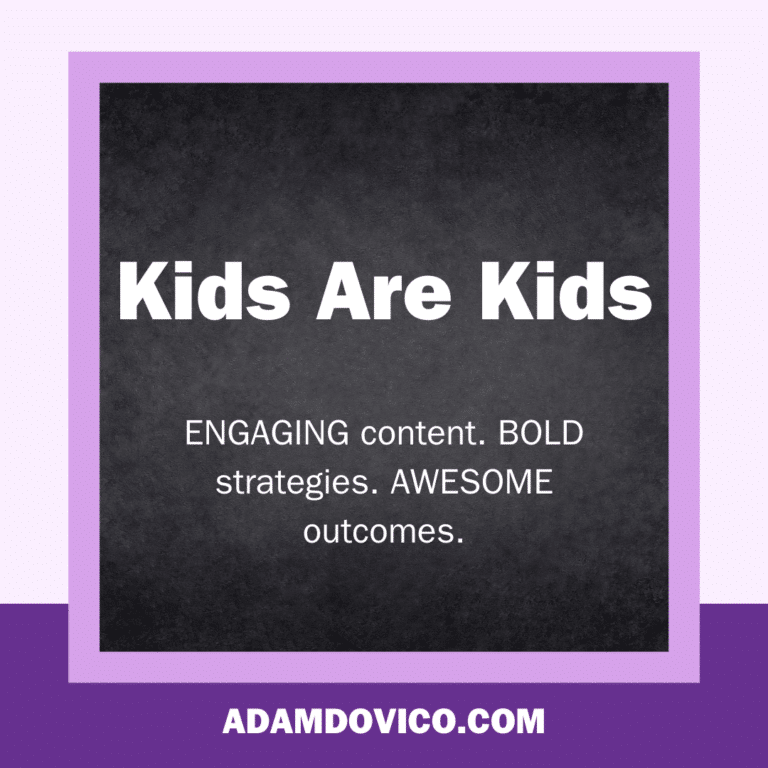One Chip
catch onto new ones quickly. It could be baffling, then, that my favorite game
when I am in Las Vegas is roulette. For those unfamiliar, roulette involves a
wheel with numbers equally spaced around it. As the player, you place chips
down on a mat that has corresponding numbers to the wheel, hoping that a ball
spun on the wheel lands on your number.
winning are far lower than most casino games. I have learned various strategies
in the game from observing others. My approach, frequently, is to have a chunk
of go-to numbers that I play, spreading out my chips to try to increase my
chances of winning. I do hit a number usually, but my return is smaller since I
usually only have a dollar chip on the number.
happened over the summer that provided an amazing “a-ha” moment in connection
to teaching. I was presenting in Vegas this summer, and one night some friends
and I went to the casino. I naturally gravitated to the roulette table, and my
friends stood around to observe. I gave the dealer $100 and asked for my $1
chips so I could extend my time and go about my usual strategy.
bill and said to the dealer, “One chip.”
He proceeded to put his $100 chip on black, which meant that if the wheel
stopped on a black number he would double his money, and if it did not he would
be out $100. It landed on red. He shrugged his shoulders and walked away.
maneuver and the “all-in” approach in which this man took. Later, I thought
about it more and realized that as educators, we have parallel approaches to
our teaching and schools: 1) the small chunks of deposits that we put into our
students and classroom over time, or 2) the “all-in” strike that can blow the
roof off a place.
achievement. With the first approach, this usually comes in incremental gains.
Examples of this might be small flexible groups, book studies, debate, Kagan
strategies, or inquiry-based learning. These strategies do not produce instant
results in isolation, but spread out over time, and you can make gains with
consistent use. On the flip side, you have the “all-in” approach, where you are
putting a lot of stake into one focused experience. Examples of this might
include a room transformation, professional development speaker or conference, or
a presentation.
and cons. With the first, mistakes usually go unnoticed. If something is going
wrong, it is not hard to make the correction the next day. The downside is that
results take time. With the latter approach, your eggs are in one basket. If it
works, you are a hero, if it fails, you may not get a second chance.
these approaches. Balance is important and finding strategic ways to pace your
teaching, but also throwing in there occasional “all-in” moments provides
students with consistency and excitement, which is important for maintaining
engagement for teachers and students.








